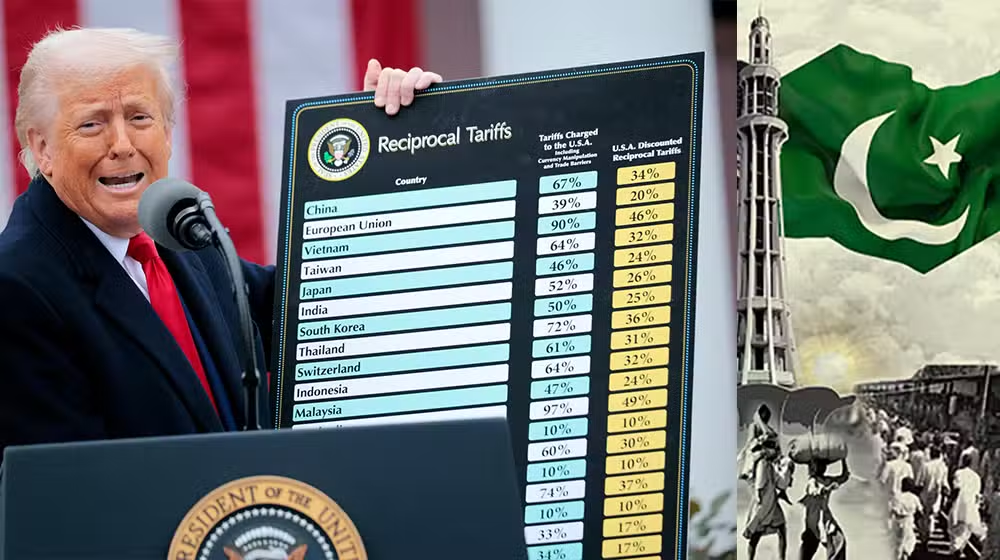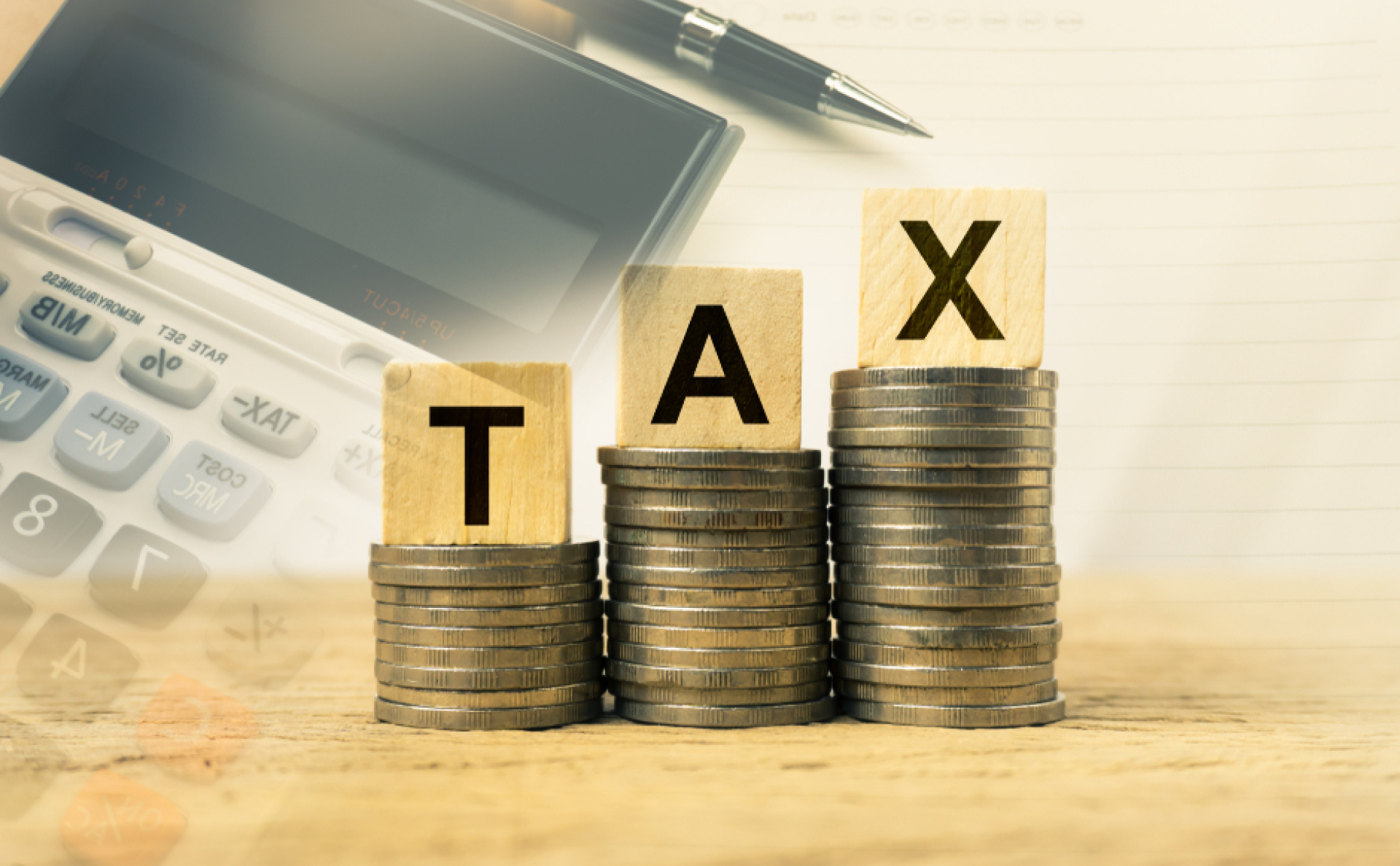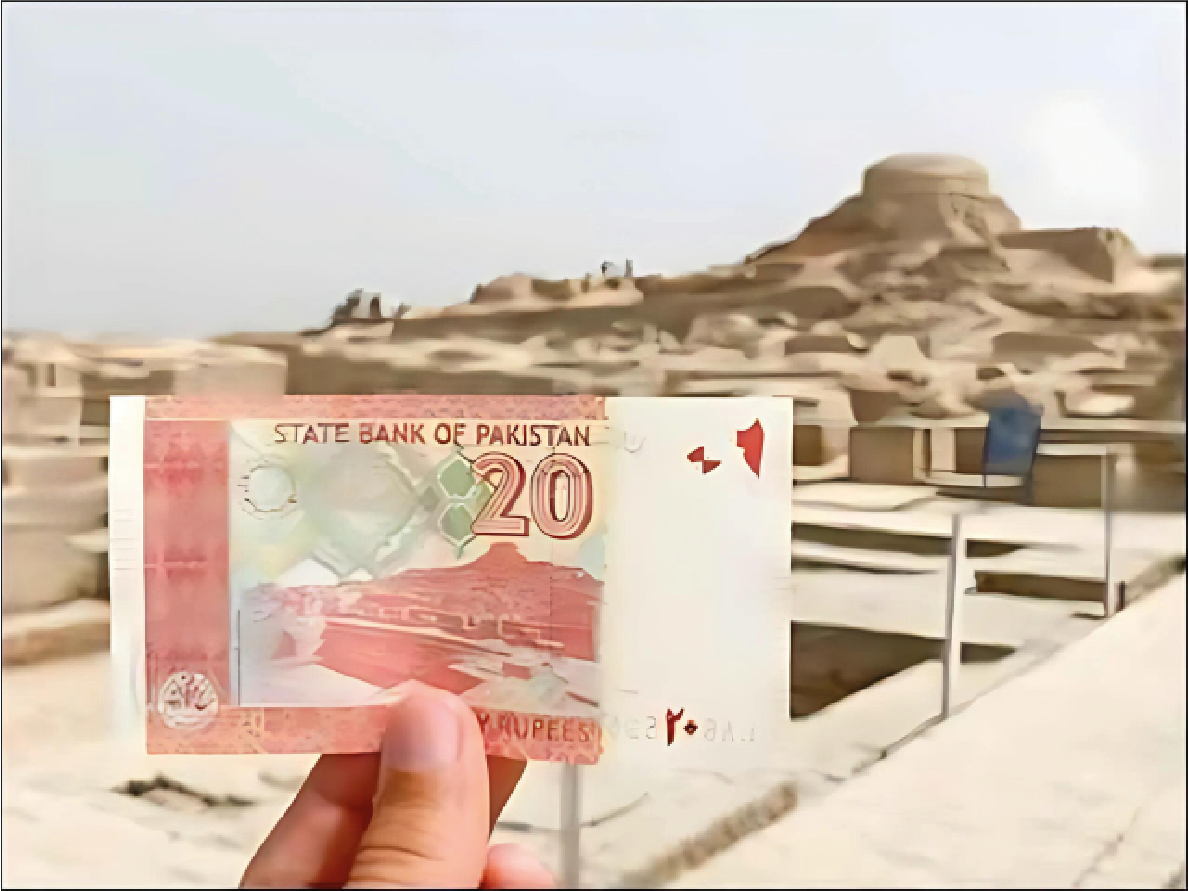PTBP Web Desk
U.S. President Donald Trump announced sweeping new import tariffs on a wide range of exports from 69 trading partners. The executive order, revealed just before a Friday trade deadline, underscores Trump’s aggressive strategy to reduce the U.S. trade deficit, pressure foreign governments, and boost American manufacturing ahead of the 2025 election.
The new tariff structure imposes steep duties such as 35% on Canadian goods, 50% on Brazilian exports, 25% on Indian products, 20% on Taiwanese imports, and 39% on goods from Switzerland. These duties, ranging between 10% and 41%, are set to take effect within seven days. Some shipments made within the week have been granted a temporary exemption.
The executive order leaves few global economies untouched. Countries that failed to strike trade concessions with Washington were hit hardest, while others, like Mexico, secured temporary reprieves. Trump’s order also made it clear that this is just the beginning. U.S. officials teased that several trade deals are still under negotiation and could be finalized soon.
“Some of these countries have failed to align with U.S. economic and national security goals,” the order stated, signaling dissatisfaction even with countries that had attempted negotiations.
Trump justified the move under the 1977 International Emergency Economic Powers Act, citing trade deficits and fentanyl-related concerns. Critics, however, have challenged his use of emergency powers, and the matter is now under judicial review.
Canada, one of America’s closest allies, found itself facing higher tariffs despite a long-standing trade relationship. The U.S. increased duties on Canadian goods from 25% to 35%, particularly targeting items tied to the fentanyl crisis. Trump accused Canada of failing to prevent the trafficking of narcotics into the U.S.
Canadian Prime Minister Mark Carney expressed disappointment, stating, “We will protect Canadian jobs and work on diversifying our export markets.”
Mexico, on the other hand, avoided immediate escalation. After a phone call between Trump and Mexican President Claudia Sheinbaum, the U.S. granted Mexico a 90-day delay on the 30% tariff, offering more time for trade negotiations.
Mexico’s economy ministry noted that about 85% of its exports to the U.S. already comply with the rules under the U.S.-Mexico-Canada Agreement (USMCA), shielding them from the new penalties. Still, some sectors, such as steel and auto manufacturing, remain vulnerable to ongoing tariffs.
India is another major economy affected by the new tariffs, facing a 25% levy. Ongoing trade talks between New Delhi and Washington stalled over U.S. demands for more access to India’s agricultural market. Trump also criticized India’s energy policies, particularly its oil trade with Russia.
Indian opposition parties criticized the tariffs as “punitive and one-sided,” while the Indian rupee weakened in response to the news.
Brazil faced even steeper penalties. A 50% tariff was announced as tensions escalated between Trump and the Brazilian government over its prosecution of former President Jair Bolsonaro. However, key sectors such as aviation, orange juice, and energy were exempt from the higher levies.
Although the initial market response was muted compared to previous trade shocks, Friday’s news sent ripples through financial markets in Asia and Europe. Equity indices showed mild declines as investors assessed the implications for global trade flows.
Domestically, the U.S. Commerce Department reported that prices for consumer goods are already rising due to tariffs imposed earlier this year. For example, prices for home furnishings and durable household items jumped 1.3% in June—the largest monthly rise since March 2022. Clothing, footwear, and recreational equipment prices also ticked up.
Trump’s aggressive use of emergency powers to impose tariffs has come under legal scrutiny. A federal court previously ruled that Trump overstepped his executive authority, and ongoing oral arguments in the U.S. Appeals Court for the Federal Circuit suggest further judicial skepticism.
If the courts rule against the administration, it could limit Trump’s ability to use emergency laws as a foundation for sweeping trade changes.
As part of the broader trade reset, Trump has given China until August 12 to finalize a durable trade agreement. While preliminary deals have been made, especially concerning rare earth mineral trade, officials warned that the talks remain delicate.
A U.S. official noted that “real progress is being made,” though the threat of retaliatory tariffs continues to loom over the negotiations.




